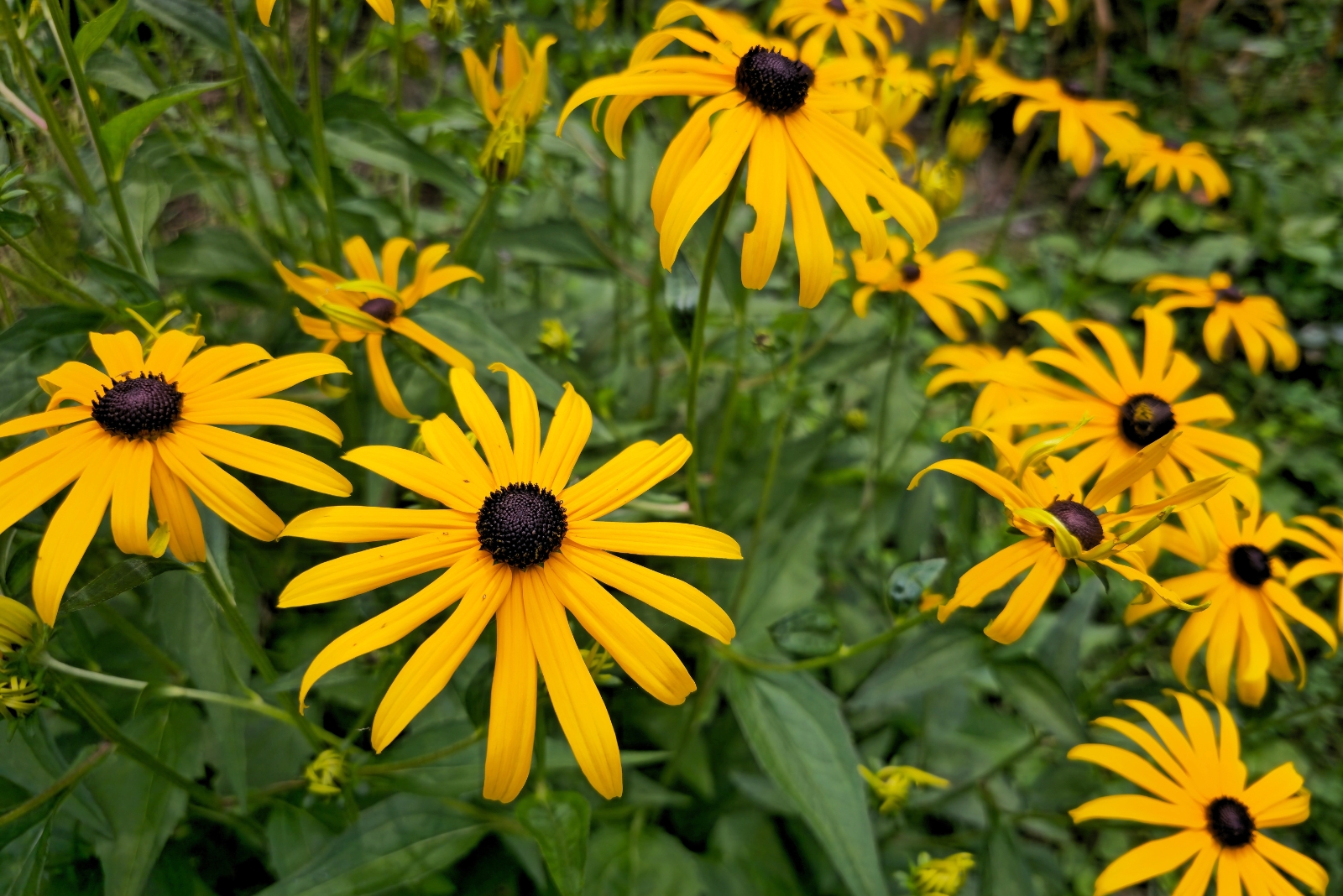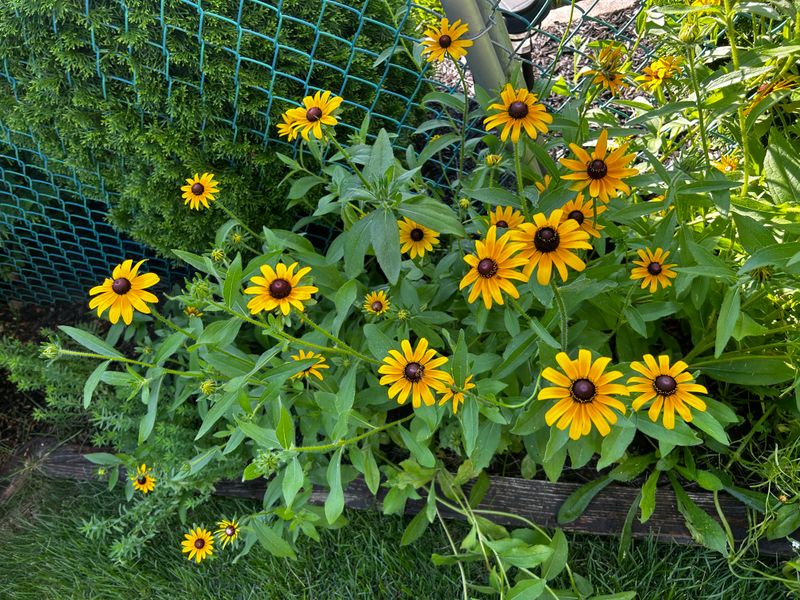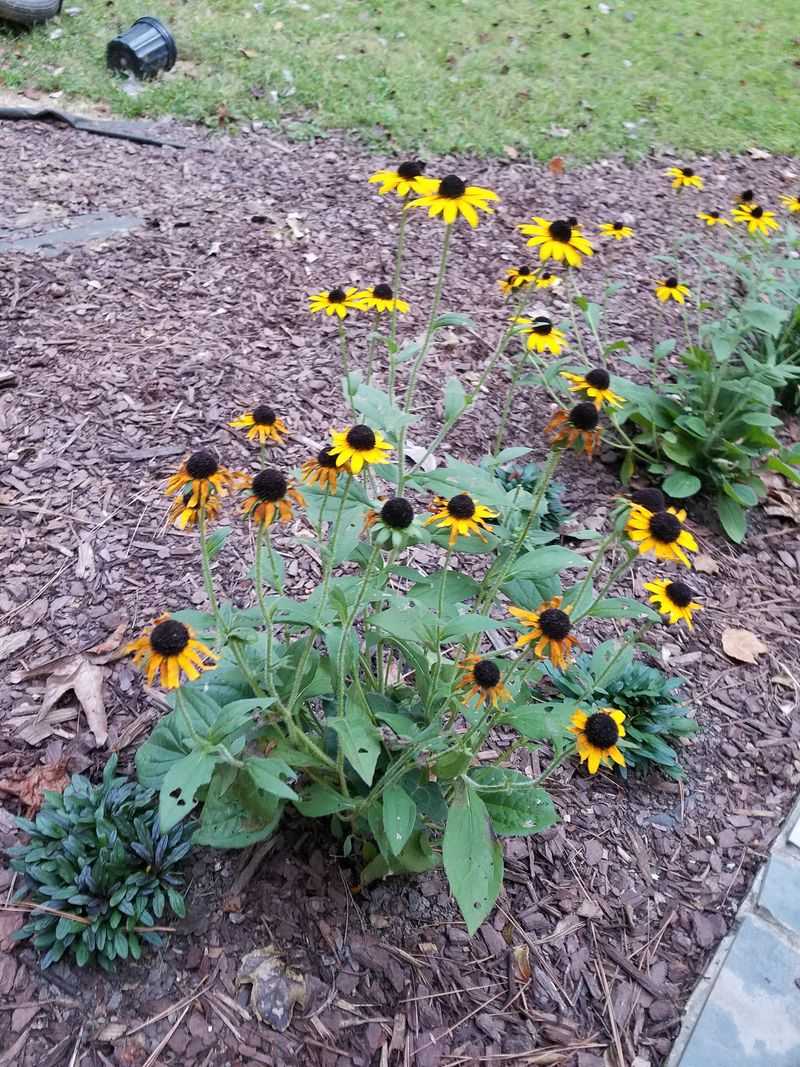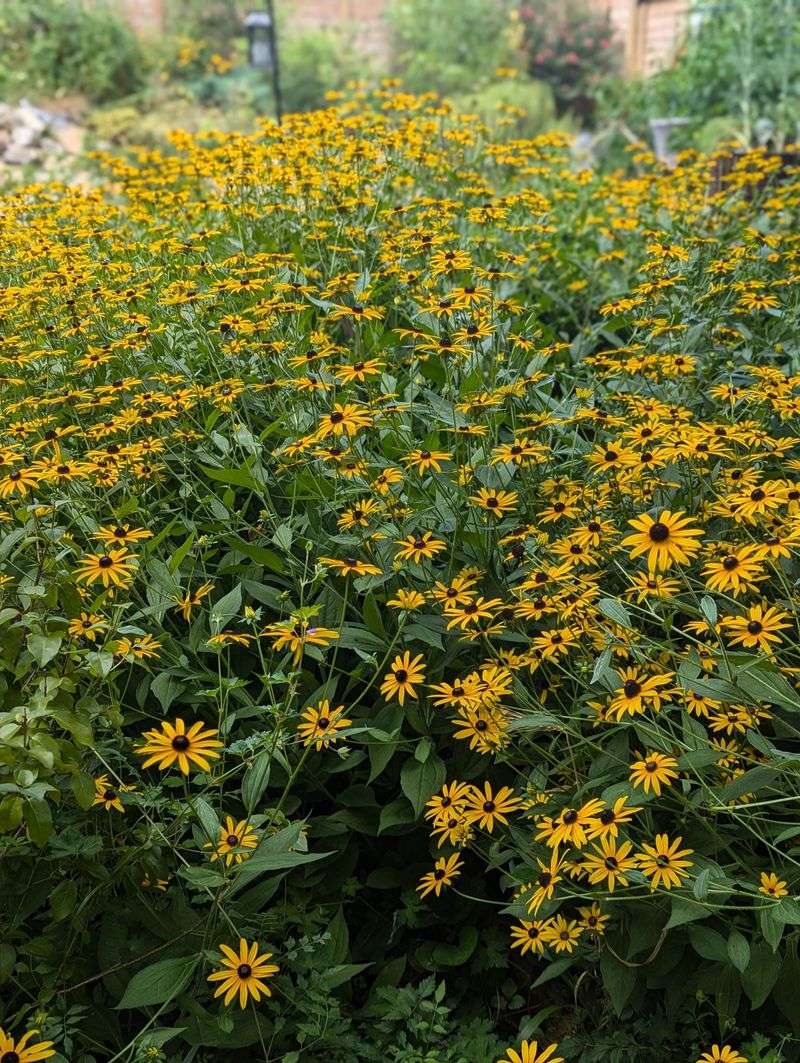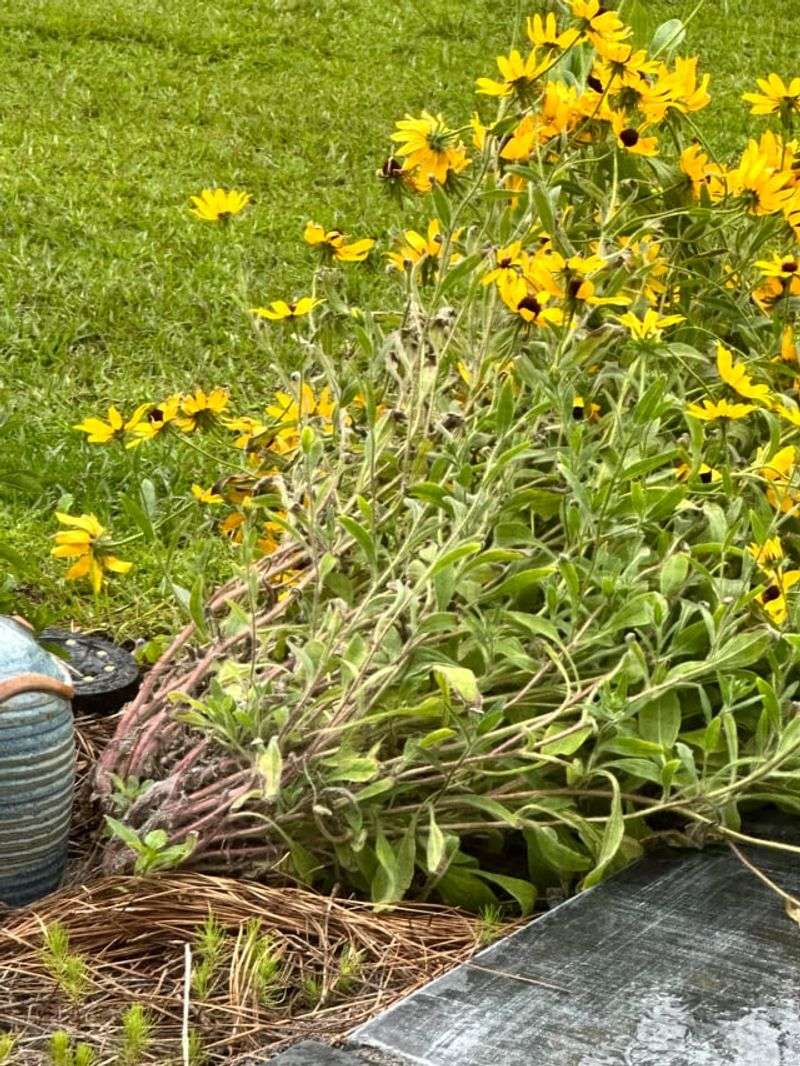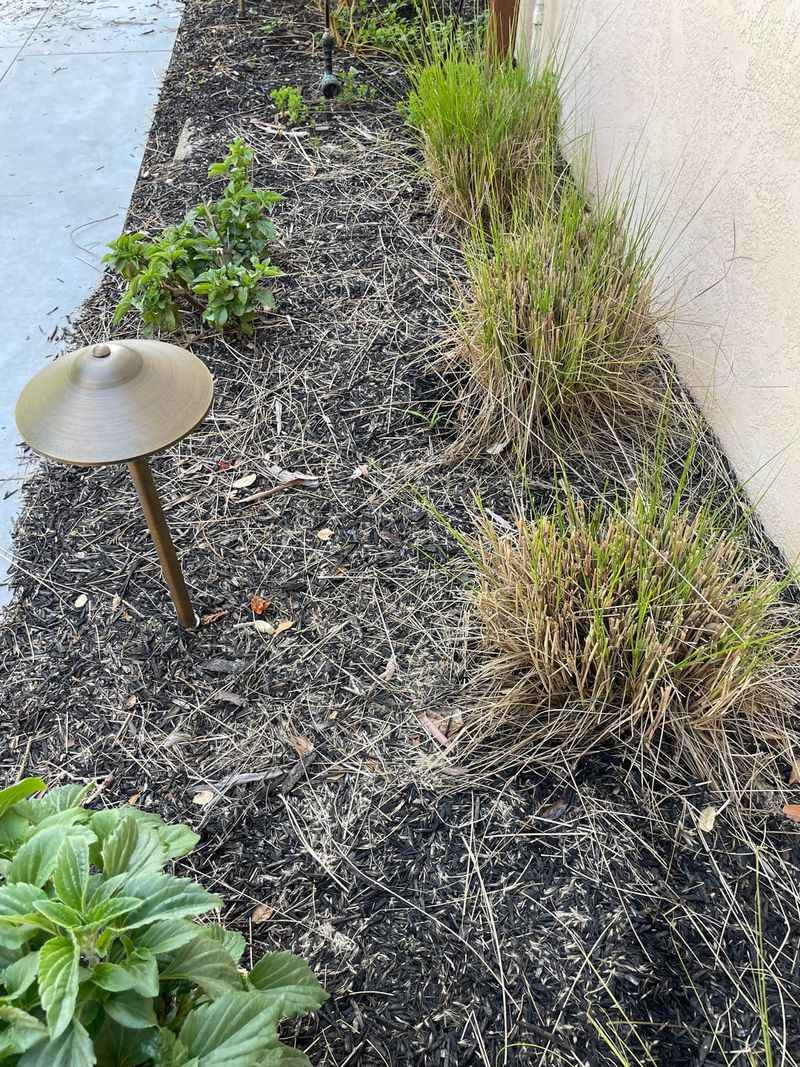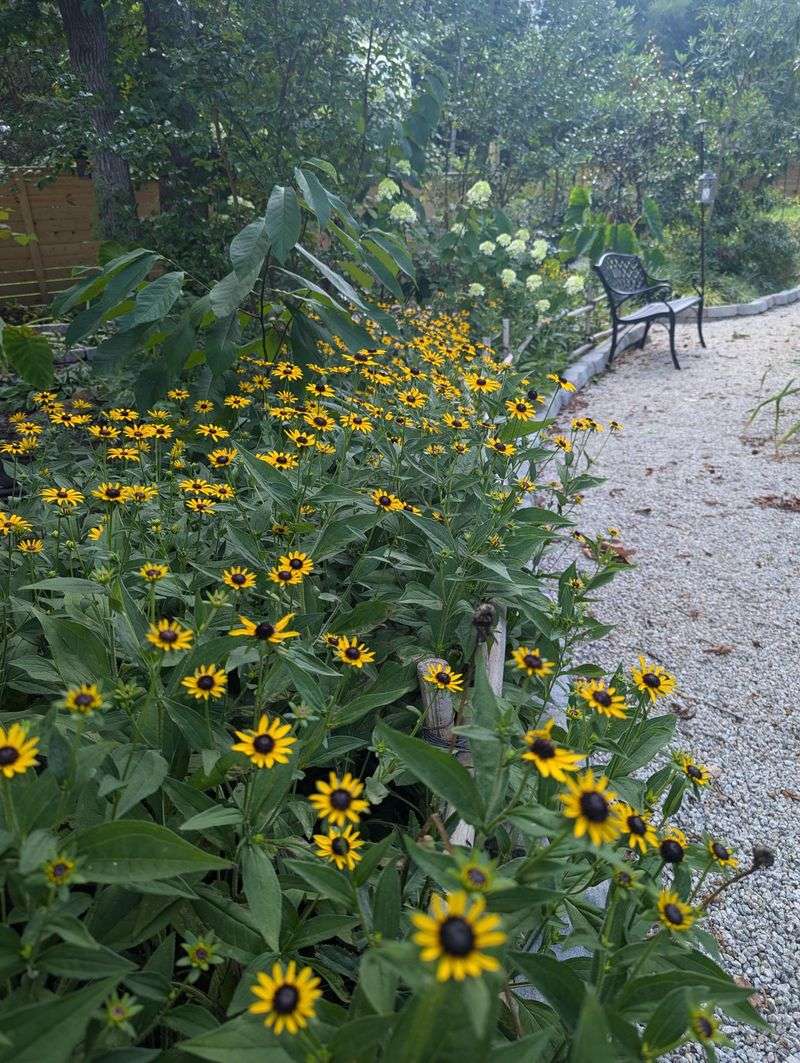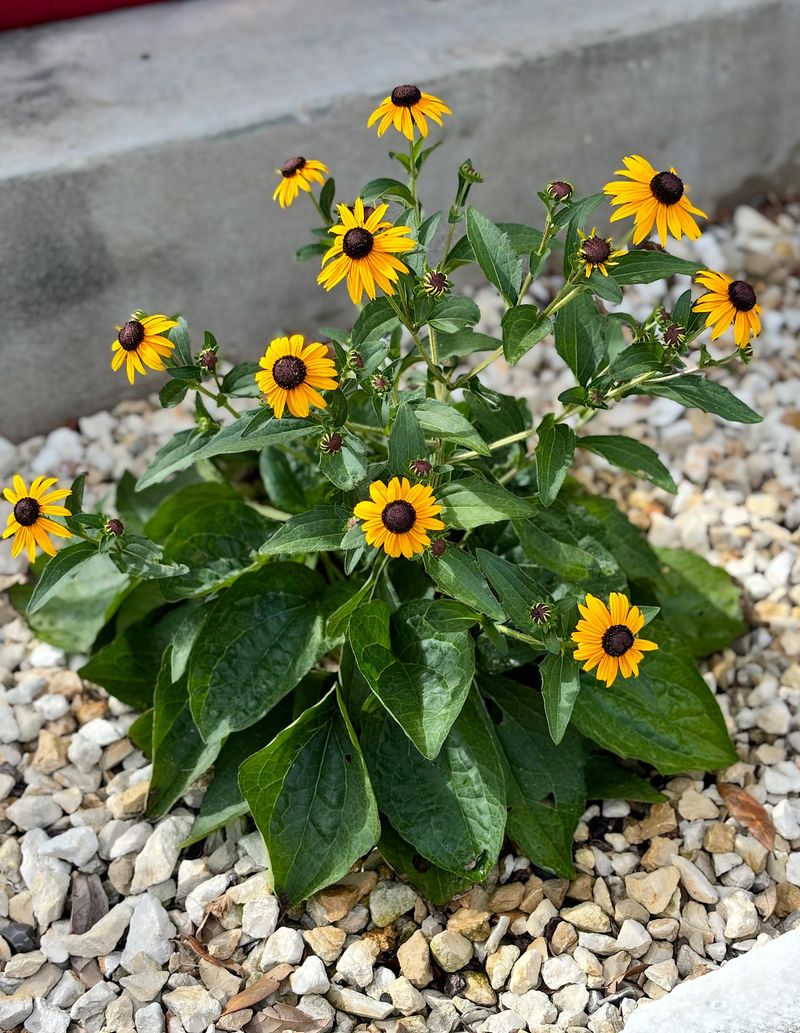California gardeners, your Black-Eyed Susans can still look lively even as fall rolls in. Giving them a little trim now can keep them healthy and ready for next season.
I’ve put together tips to help you know exactly what to do. Your California garden will stay cheerful and blooming through the cooler months.
1. Wait Until After the First Frost
Patience pays off when it comes to cutting back your black-eyed Susans. Many California gardeners rush to tidy up their flower beds too early, but waiting until after the first light frost gives your plants time to store energy in their roots.
Birds also love munching on the seed heads during early fall, providing free entertainment in your yard. Once frost arrives in your area of California, the foliage naturally begins to die back, signaling it’s safe to trim without harming next year’s growth potential.
2. Cut Stems Down to Three Inches
Grab your garden shears and aim for about three inches above ground level when trimming. Leaving this small amount of stem protects the plant’s crown from cold weather and helps mark where your flowers are planted so you don’t accidentally dig them up later.
California winters can be unpredictable, and that stubble acts like a little blanket for the roots. Clean cuts heal faster than ragged tears, so make sure your tools are sharp before you start snipping away at those dried stems.
3. Leave Some Seed Heads for Wildlife
Your garden can become a wildlife haven by leaving a few seed heads standing through fall and winter. Goldfinches, sparrows, and other birds depend on these nutritious seeds when other food sources become scarce in California.
Plus, watching birds flit around your garden adds life to the cooler months. Choose the healthiest-looking seed heads to leave behind, spacing them throughout your flower bed. You’re not just helping nature; you might even get some volunteer seedlings sprouting nearby come spring!
4. Divide Overcrowded Clumps Every Few Years
Fall trimming season is the perfect time to check if your black-eyed Susans need dividing. When clumps get too crowded, flowers become smaller and plants compete for nutrients and water.
California’s mild fall weather gives divided plants time to establish roots before winter. Dig up the entire clump, gently pull or cut it into sections with roots attached, and replant them with more space between each section. Your neighbors might even appreciate getting some divisions to start their own cheerful flower patches!
5. Clean Up Debris to Prevent Disease
Fallen leaves and trimmed stems can harbor fungal spores and pests that attack plants next season. After cutting back your black-eyed Susans in California, rake up all the plant debris from around the base and dispose of it properly.
Don’t toss diseased material in your compost pile, as some pathogens survive the composting process. Bagging it for yard waste pickup or burning where allowed keeps problems from spreading. A clean garden bed going into winter means healthier plants emerging in spring with fewer pest issues to battle.
6. Apply Mulch After Cutting Back
Once you’ve trimmed your black-eyed Susans down, spread a two to three-inch layer of mulch around the base of each plant. Mulch regulates soil temperature during California’s fluctuating fall and winter weather, keeping roots cozy and protected.
It also prevents weeds from sprouting in the empty spaces left by your cut-back flowers. Shredded bark, compost, or leaf mulch all work beautifully. Just keep mulch a few inches away from the plant crown to prevent rot and allow air circulation around the stubble.
7. Skip Fertilizing Until Spring Returns
Hold off on feeding your black-eyed Susans after fall trimming in California. Adding fertilizer now encourages tender new growth that will only get damaged by winter cold, wasting the plant’s stored energy reserves.
Black-eyed Susans naturally go dormant during cooler months, and fertilizing disrupts this important rest period. Mark your calendar to feed them in early spring instead, when new shoots start poking through the soil. That’s when they’ll actually use those nutrients to produce strong stems and abundant blooms for the upcoming growing season.

